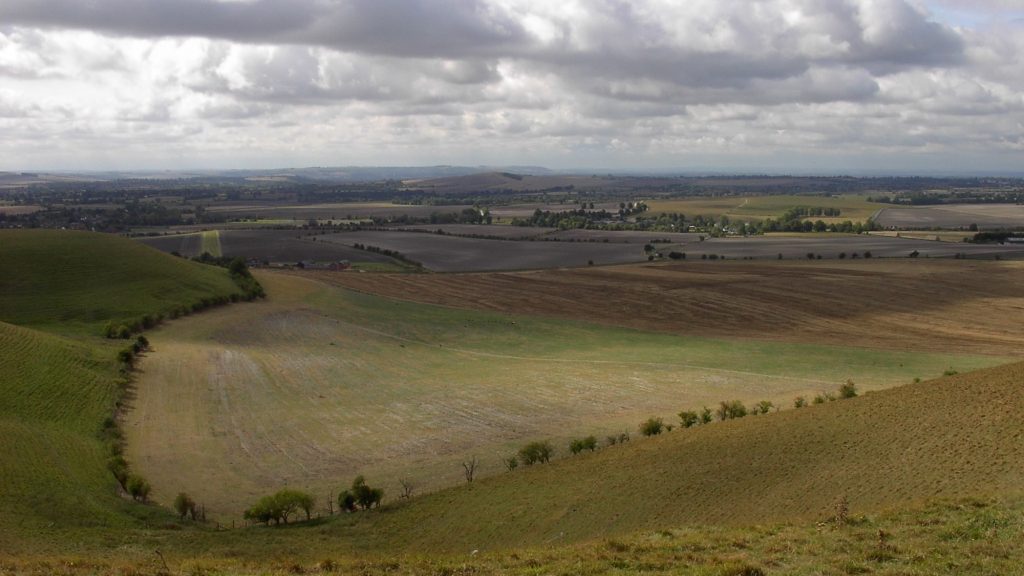While they may not have been pretty sights, the large prehistoric trash dumps known as middens are critical to understanding human history. Details about a people’s diet, architecture, clothing, and society can all be gleaned by digging through these mounds. In what is now the largest study of its kind, Cardiff University archaeologists documented years of excavations at six sites across southern England. Their research published on September 9 in the journal iScience indicates that Bronze Age Britons traveled long distances to participate in huge feasting events. And they didn’t journey alone.
“Our findings show each midden had a distinct make-up of animal remains, with some full of locally raised sheep and others with pigs or cattle from far and wide,” study lead author Carmen Esposito said in a statement.
In one example, Esposito and colleagues collected around 15 million bone fragments from the Potterne midden in southwest England. With an area measuring roughly five soccer fields (around 90,000 square feet), this mound is the largest of the surveyed locations. It mostly contained various pig remnants.
To learn where the pigs came from, researchers used a technique known as multi-isotope analysis. It works by identifying the specific chemical markers left behind in the pigs’ bones based on their diet. They then matched these to the chemical compositions found in specific geographical areas. In this case, much of the livestock waddled from as far away as northern England.
Pig wasn’t always the preferred midden meal, however. At Runnymede further east in Surrey, Esposito’s team found cattle herded from large distances, as well. Instead of pig, the midden 10 miles from Stonehenge at East Chisenbury, contained the bone fragments of hundreds of thousands of locally sourced sheep.

The team now believes that each location functioned as a pastoral “lynchpin” that sustained regional economies. Bronze Age groups would travel for miles to participate in large, food-based events where they expressed their identities and maintained relationships. This was especially vital when communities moved away from bronzemaking to focus more on farming as the climate shifted around 850 BCE.
“At a time of climatic and economic instability, people in southern Britain turned to feasting,” said study co-author Richard Madgwick. Madgwick also theorizes that there may even have been a transitional “feasting age” between the Bronze and Iron Ages, as populations and societal hierarchies shifted.

While major food gatherings have always been integral in societal relationships, Madgwick said that few compare to what his team found in Bronze Age England.
“The scale of these accumulations of debris and their wide catchment is astonishing and points to communal consumption and social mobilization on a scale that is arguably unparalleled in British prehistory,” he explained.
To paraphrase the old saying: one ancient human’s trash is a present-day archaeologist’s treasure.


